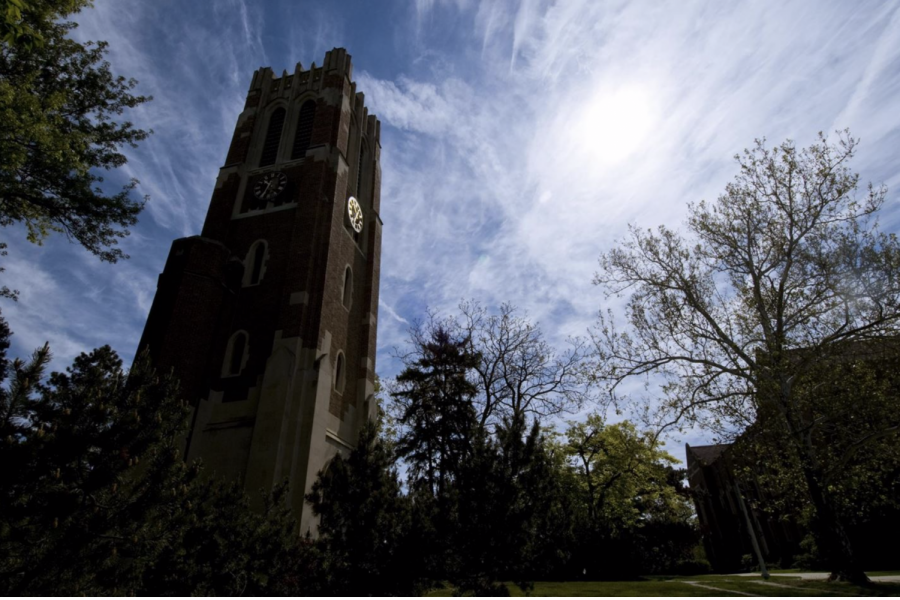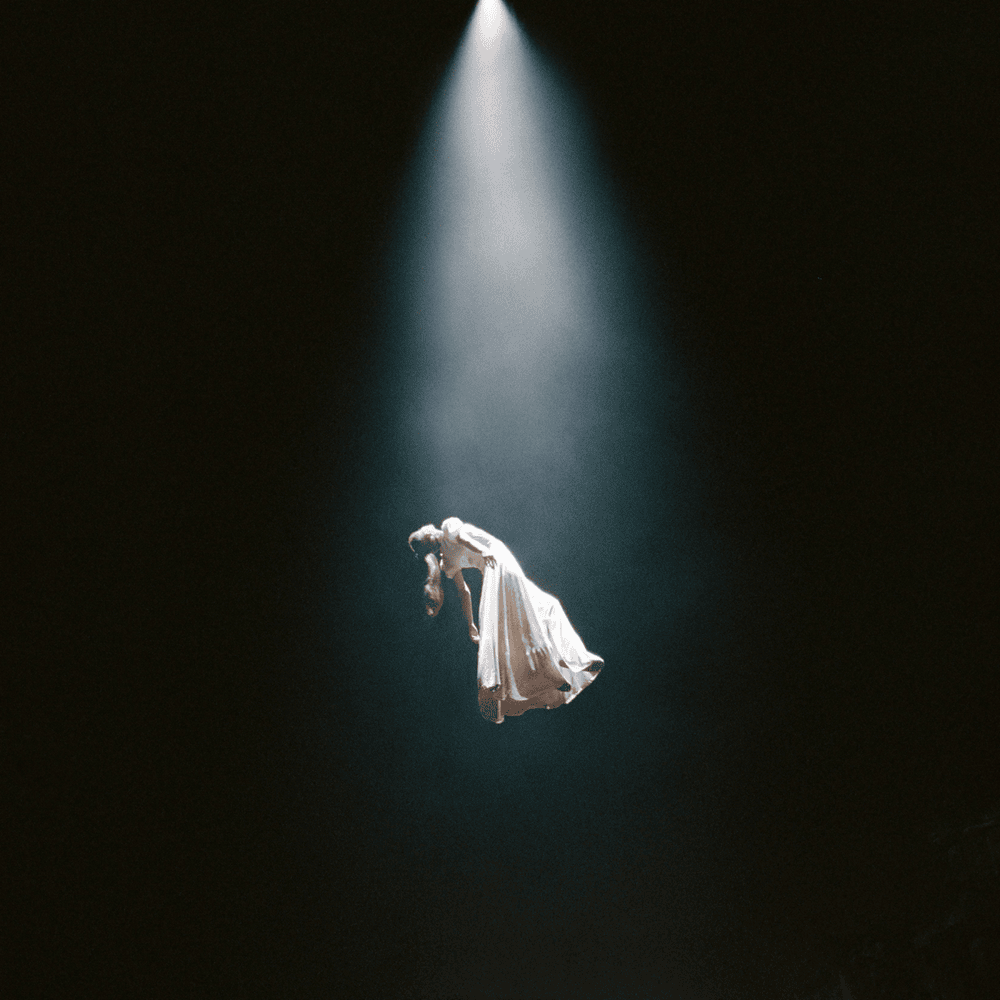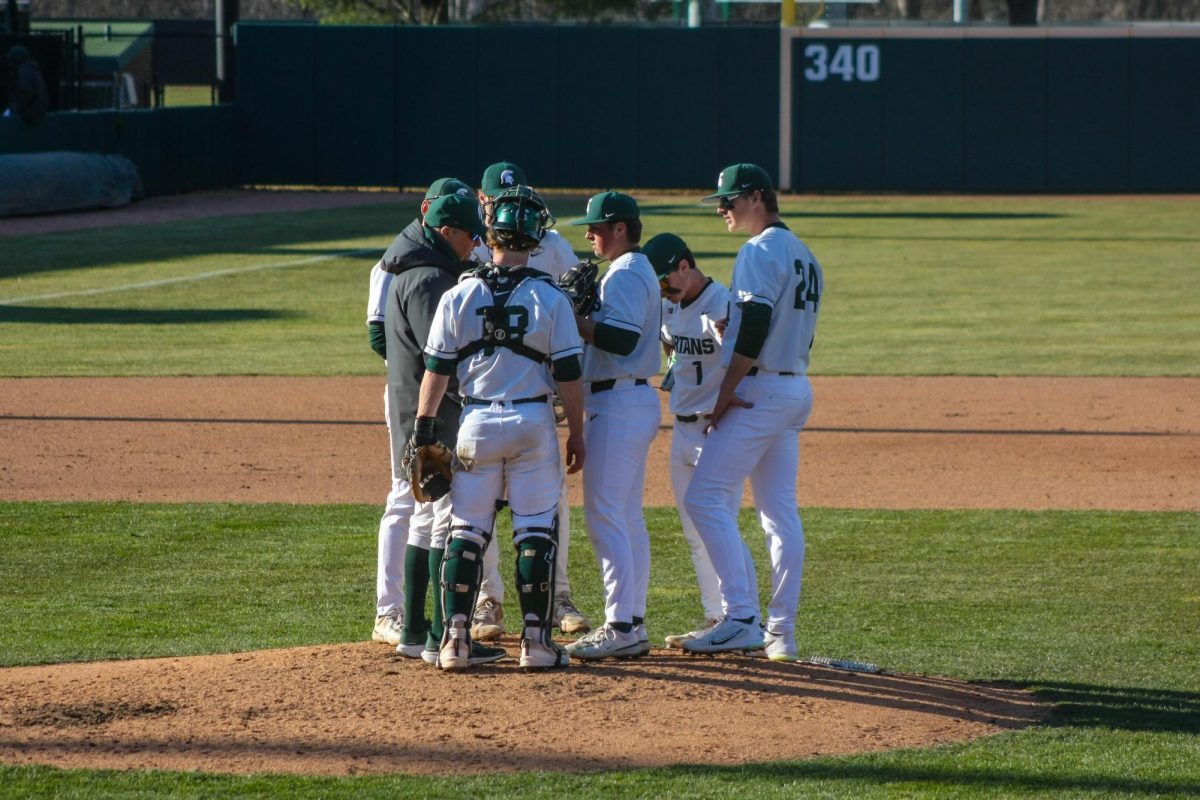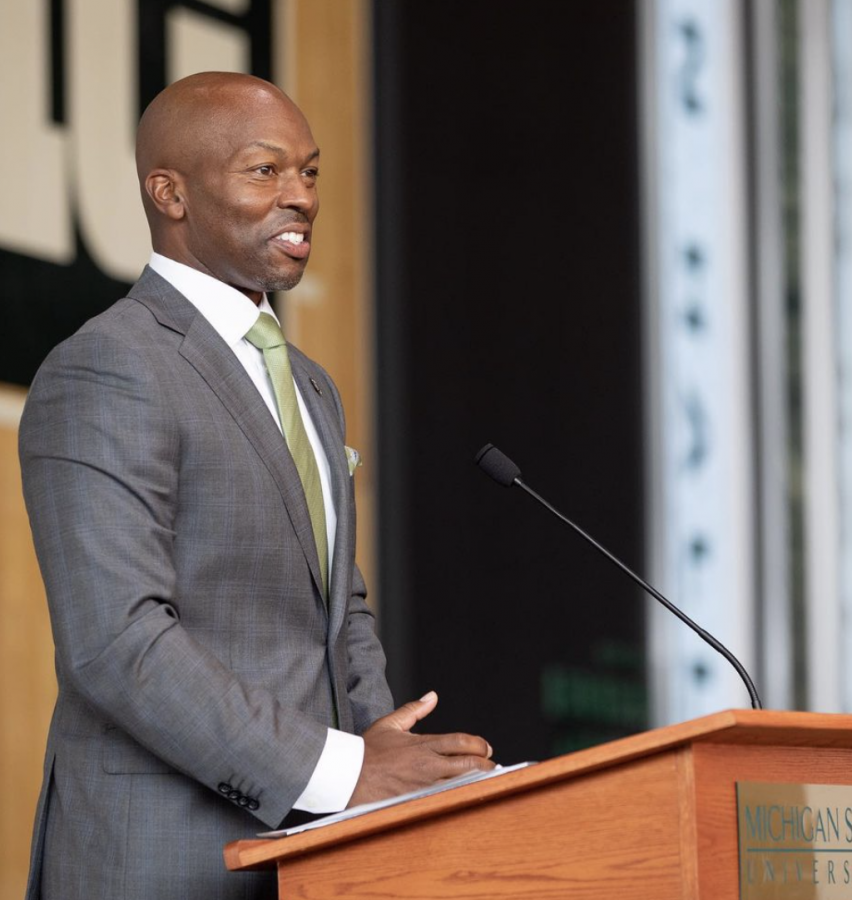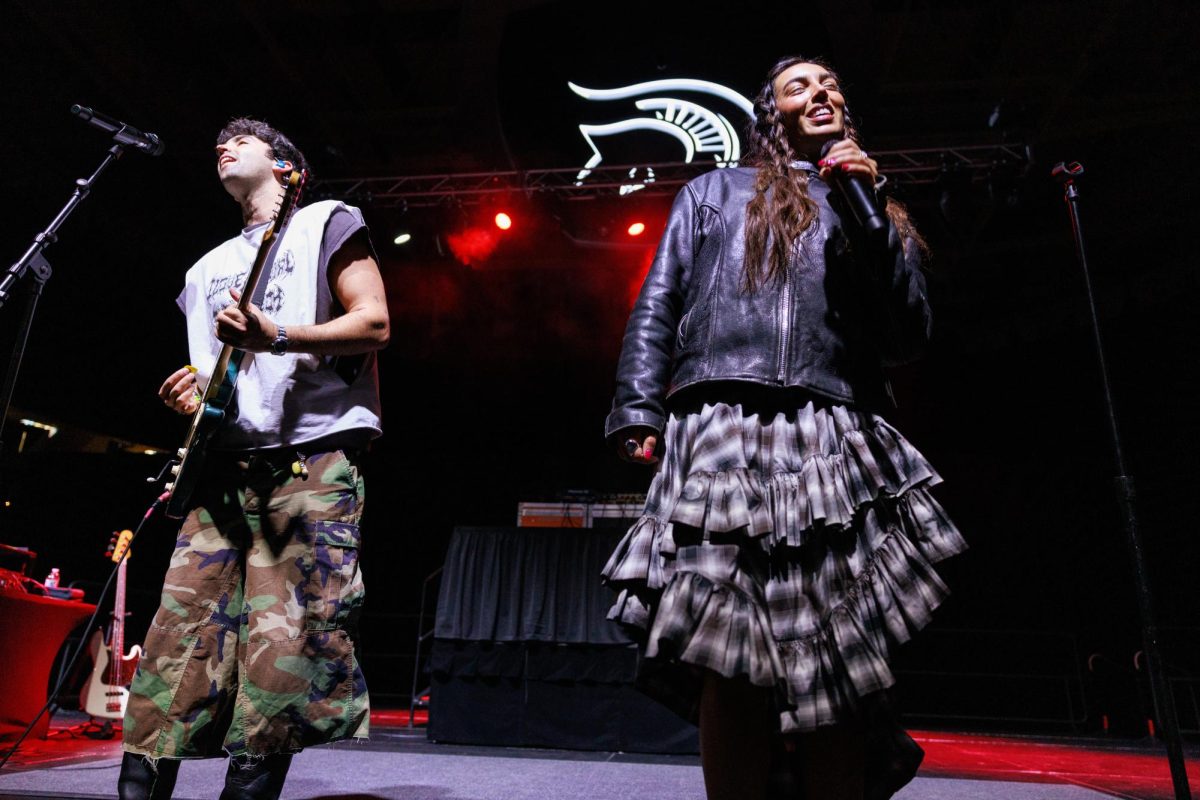The State – 09/30/22
September 29, 2022
Today’s weather forecast is predicting sunny with a high of 67 degrees and a low of 43 degrees. Going into the weekend, it looks like it’s going to be a beautiful fall weekend with both Saturday and Sunday sunny in the higher 60’s.
MSU professor involved in NASA’s DART mission explains science behind historic event
NASA’s Double Asteroid Redirection Test, or DART, successfully impacted an asteroid in space this past Monday in the first-ever attempt to deflect an asteroid using kinetic impact.
The DART mission launched into space 10 months ago on a trajectory toward Didymos, an asteroid system that posed no threat to Earth. The system consists of two asteroids: Didymos and a smaller asteroid orbiting Didymos, Dimorphos, which was the final target.
Prior to crashing into the asteroid, which is 530 feet in diameter, DART filmed Dimorphos up-close and the video was live streamed across the world.
Among those watching was Seth Jacobson, who works in DART’s dynamics-working group. He’s an assistant professor in the Earth and Environmental Sciences Department at MSU. Jacobson gathered with friends and colleagues at a restaurant to watch as the small white dot in the middle of the black screen grew larger until it was the only object in frame and the cameras crashed into it.
According to Jacobson, although the odds of success grew higher as the spacecraft approached the asteroid, he was still worried something might go wrong. When the collision occurred, Jacobson was relieved and excited he got to see the asteroid he’d been studying for years up close.
As a member of the dynamics working group, Jacobson’s role is to characterize the binary asteroid system the DART mission visited, both before and after impact. This work will help estimate how much momentum was transferred from the spacecraft to Dimorphos.
To do this, the team will analyze data from a variety of sources for the next couple of months.
According to Jacobson, NASA’s decision to target this system will help the team in multiple ways.
“If we can get a precise estimate of this value, then we know that when we ever need to conduct this experiment for real, we can then apply the beta, this number that we’ve now experimentally verified, to our predictions for what we need to do to accomplish the task of potentially saving a city or the planet from an impact.”
Wharton to host Nat Geo Live, bringing the Spinosaurus to East Lansing
Crocodile-like with a fin on its back and larger than a T-Rex. This may sound like the new Jurassic Park monster, but it’s the Spinosaurus, the focus of the new National Geographic Live show at the Wharton Center on Oct. 2.
The show focuses on the rediscovery of the largest predatory dinosaur to ever walk the Earth, highlighted with the research of longtime National Geographic paleontologist, Nizar Ibrahim.
“It started when I was about five or six years old, maybe even younger,” Ibrahim said. “One really important time was when I got my first book on dinosaurs. I looked at the images and I was hooked. I decided then I would become a paleontologist because it was just an incredible opportunity … It was just irresistible.”
Since then, Ibrahim has worked with National Geographic on their museum exhibits, children’s publications, documentary filmmaking and now, live shows.
Ibrahim was passionate about sharing this project with the world, knowing that this discovery would change not only the paleontology world, but the audience of dinosaur lovers.
Most dinosaur skeletons were destroyed or scattered during the desecration of land during World War II. However, when paleontologists found the whole skeleton, the scientific community knew it was special.
The Spinosaurus is also set apart from other dinosaurs because it was found in Africa. According to Ibrahim, we know very little about dinosaurs that were not from North America.
The show utilizes computer-generated sequences to bring dinosaurs back to life and travel back in time. There is also a Q&A during the show which allows the audience to engage with the material.
STEM students share their thoughts on stereotypes of themselves, other majors
Out of the over 200 majors at MSU, STEM programs are often seen as the most work-intensive of the bunch.
Human biology sophomore Anthony Mulhem said he finds himself spending five to six hours on homework a night. This is actually lower than average, he said, as his classes are still taking time to gear up for the semester.
“At the peak, it’s more like seven to eight because there’s just a lot more work to do,” Mulhem said.
Environmental engineering senior Joshua “JJ” Ringling said that while he was taking 17 or 18 credits of online classes during the COVID-19 pandemic, his workload looked similar.
Ringling said he thinks many STEM majors tend to be arrogant and cocky, and that a lot of them believe they are better than students with other majors – particularly business.
Political science-pre-law senior Brian Hough, who minors in data analytics, said there is a notable difference between his political science classes for his major and his STEM classes for his minor. While he said STEM classes are harder, there is also a difference in the attitudes of the students.
While they aren’t the only ones at MSU that have entire buildings or sections of campus devoted to their major’s classes, Neuroscience and psychology junior Avi Bloch said STEM majors do tend to be “cliquey” and he finds himself spending more time with people in his classes.
“There’s definitely differences between all the majors and how they’re perceived,” Bloch said. “I think there’s a lot of people who underestimate majors and there’s a lot of people who overestimate majors. And that’s just because what we’re interested in is different.”
To end our episode today, this weekend, MSU Athletics have some home games lined up including Men’s and Women’s Tennis for the “Spartan Invite,” today through Sunday all day. Next, Hockey will be kicking off the season right here at the Munn Ice Arena on Saturday at 7 P.M. vs. U.S. National Team Development Program. Finally, Men’s Soccer will also be home vs. Wisconsin, Sunday at 2 P.M.
Based on original reporting by Amalia Medina, Liz Nass and Hannah Woehrle.








